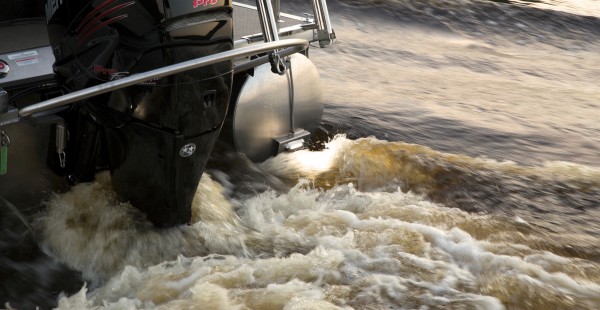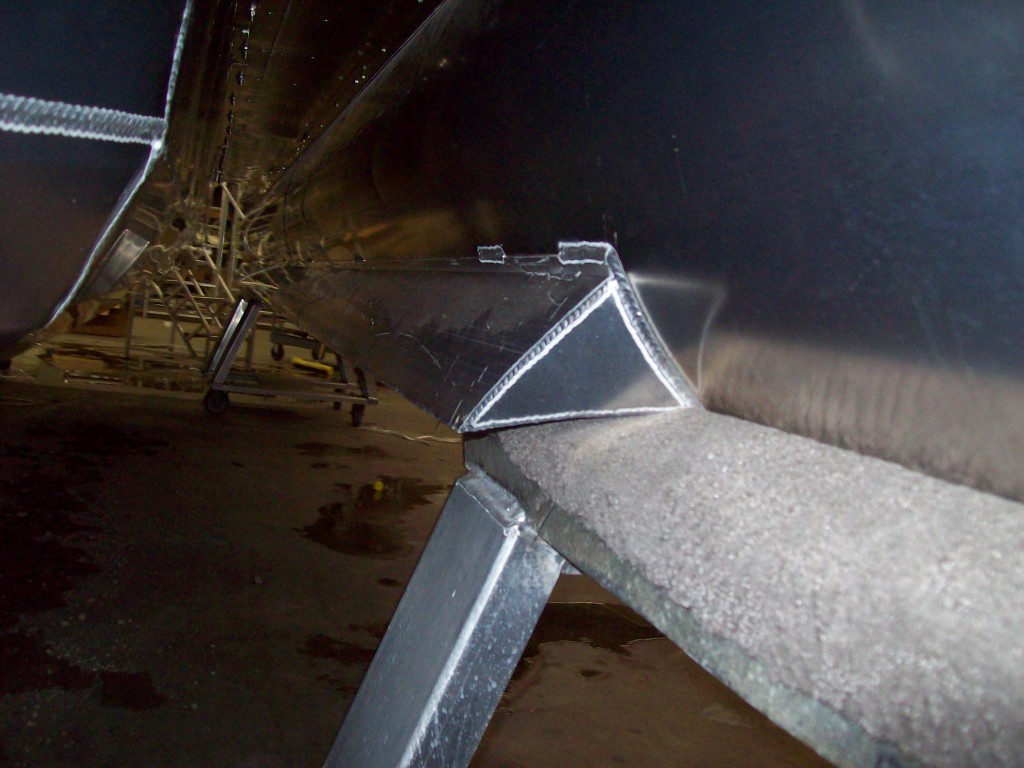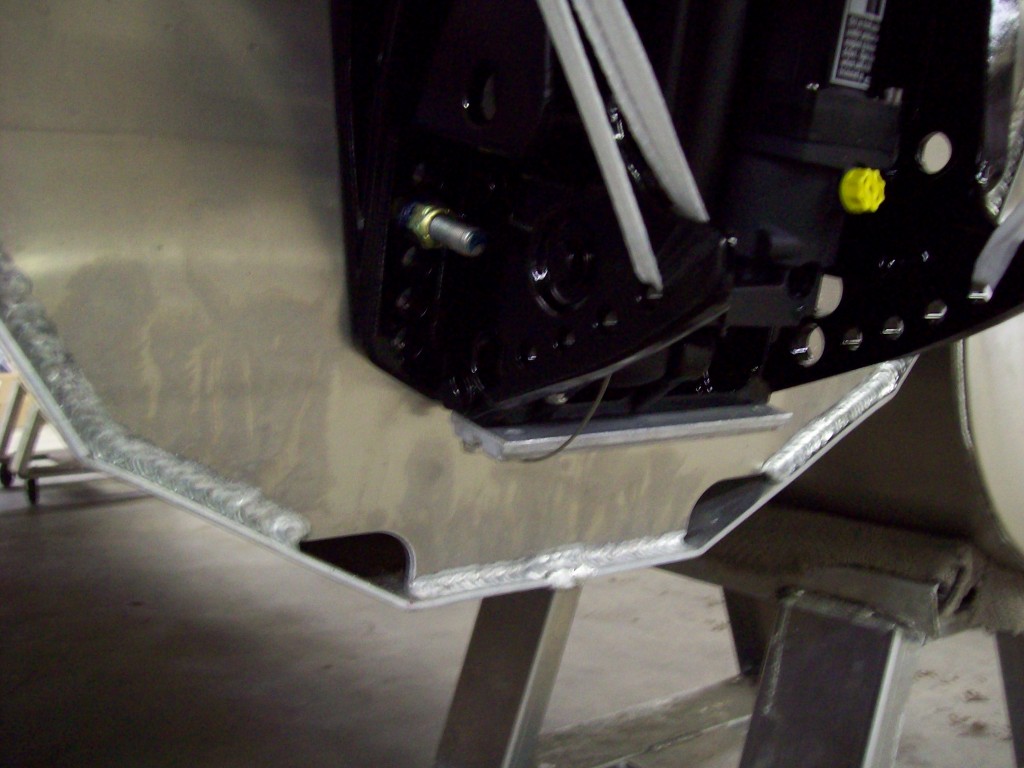Premier Pontoons shares innovations for preventing invasive species

Whenever there is a persisting issue for recreational boating, it is imperative that everyone works together to solve it in order to preserve the health of the industry.
This was something considered by Premier Pontoons when the company decided to share its unique pontoon design that help to combat the infestation of invasive species.
Invasive species can attach themselves to or hide in a boat if it is not properly cleaned and dried. The need to protect against these species is particularly strong in states such as Minnesota, where Premier Pontoons is based, where most boats are trailered and moved from one inland waterway to another, thus creating a potential epidemic for recreational boating.
“[Almost] everybody here in [Minnesota], and in other states too, trailers their boats … and so at every boat ramp, we usually have a DNR person checking the boats, making sure they’re clean, but they can’t cover all 10,000 lakes on a given day,” said John Deurr, senior engineer and compliance specialist at Premier Pontoons. “[The invasive species] are riding along inside our boats and if one lake isn’t infected one day, one day it will be if we don’t stop it.”
Deurr has first-hand experience with these invasive species’ mobility. Deurr was reviewing a boat that arrived at Premier for repair from Michigan; he looked in one of the open strakes of the pontoon and found it was “jam-packed” with zebra mussels. The company decided it needed to develop ways to close every opening in the pontoons without affecting the boat’s performance.
Premier created a three-sided extrusion that fits the diameter of the tubes, which fits tightly so nothing can get between the tubes and the lifting strakes. The strakes were also capped off at both ends.
“There have been millions of these zebra mussels in this one door – two strakes on a boat – so that was our first step and we just kept going on from there,” said Deurr.
Premier also sealed the keels on the bottom of the tubes and designed nose cones so there would be no added strakes or spray deflectors on the sides of the tubes. This keeps the tubes from catching filfoil and other invasive species. The ladders on the pontoons were also redesigned to not drag in the water and thus collect milfoil. The pontoons’ grain holes for the bilge pumps and live wells have increased in size so they drain quickly.
The company designed a decal for every boat to show customers how to properly clean and dry the boat to prevent infestation, and it has dedicated two pages of its owner’s manuals on proper boat cleaning and drying for its dealers and customers. Premier also includes environmental information on the company website.
While Premier used this design as a marketing tool for several years, the spreading of invasive species in Midwestern lakes caused Bob Menne, owner of Premier Pontoons, to decide the information was too valuable not to share with the industry.
Menne sits on the Board of the Directors for the National Marine Manufacturers Association (NMMA) in the boat builders division and he started by discussing the problem with the board and what Premier had done to solve it. He encouraged other manufacturers to look at their own product lines and find solutions for their vessels. One pontoon manufacturer told Menne after the presentation that the company was ready to implement some of the same changes as Premier for the 2016 model year.
“We’ve been very proactive in [combating invasive species] and we’re very proud of what we’ve done,” said Menne. “I hope this … encourages other manufacturers to do something.”
Menne presented this information to the industry and legislators at the American Boating Congress this May in an effort to encourage manufacturers to be aware of how invasive species affect their customers and to follow Premier’s lead by researching solutions for their products.
Deurr also recently presented at the Aquatic Invasive Species Summit, hosted by the American Boat and Yacht Council on January 27 to 28, which Deurr said opened a lot of eyes.
“Most people from the DNR really didn’t know what a strake was, didn’t know what I was talking about, so I brought samples, showed them things, had a slide presentation on a few of the things we do and places they should look when they’re inspecting,” said Deurr. “It was a learning experience for both manufacturers that attended, which there was a number of them, and people from the DNR from every state. I learned a lot about the actual species and they learned a lot from us about how to build a boat better. It was a win-win for both of us.”
Deurr says Premier has done its part to prevent invasive species invasion and he hopes the information the company has shared will inspire other manufacturers to do the same so everyone can learn from each other and keep customers happy.
“[I] encourage everybody to put [information] in their manuals to talk about [invasive species] and to look for the obvious things that we can do that are simple, easy fixes, they don’t cost a lot of money, and just do our part,” said Deurr. “I’m sure there’s other things out there [we can do] that I haven’t thought of yet but I keep thinking and hopefully the rest of the industry does too.”







